RASPBERRY VARIETIES
| Homogeneous varieties | ||
|---|---|---|
| Early ripening time | Medium ripening time | Late ripening time |
| Prelude | Kenby | Leo |
| My Glen | Glen Empl | Octavia |
| Tulamin | ||
| Dicotyledonous varieties | ||
| Autumn Bliss | Carolina | Heritage |
| Autumn Britten | Joan Squire | |
| Shelf | ||
| Himbo-Top | ||
Uniform Raspberry Varieties (Summer Raspberry Varieties)
MEKEER (Miker)
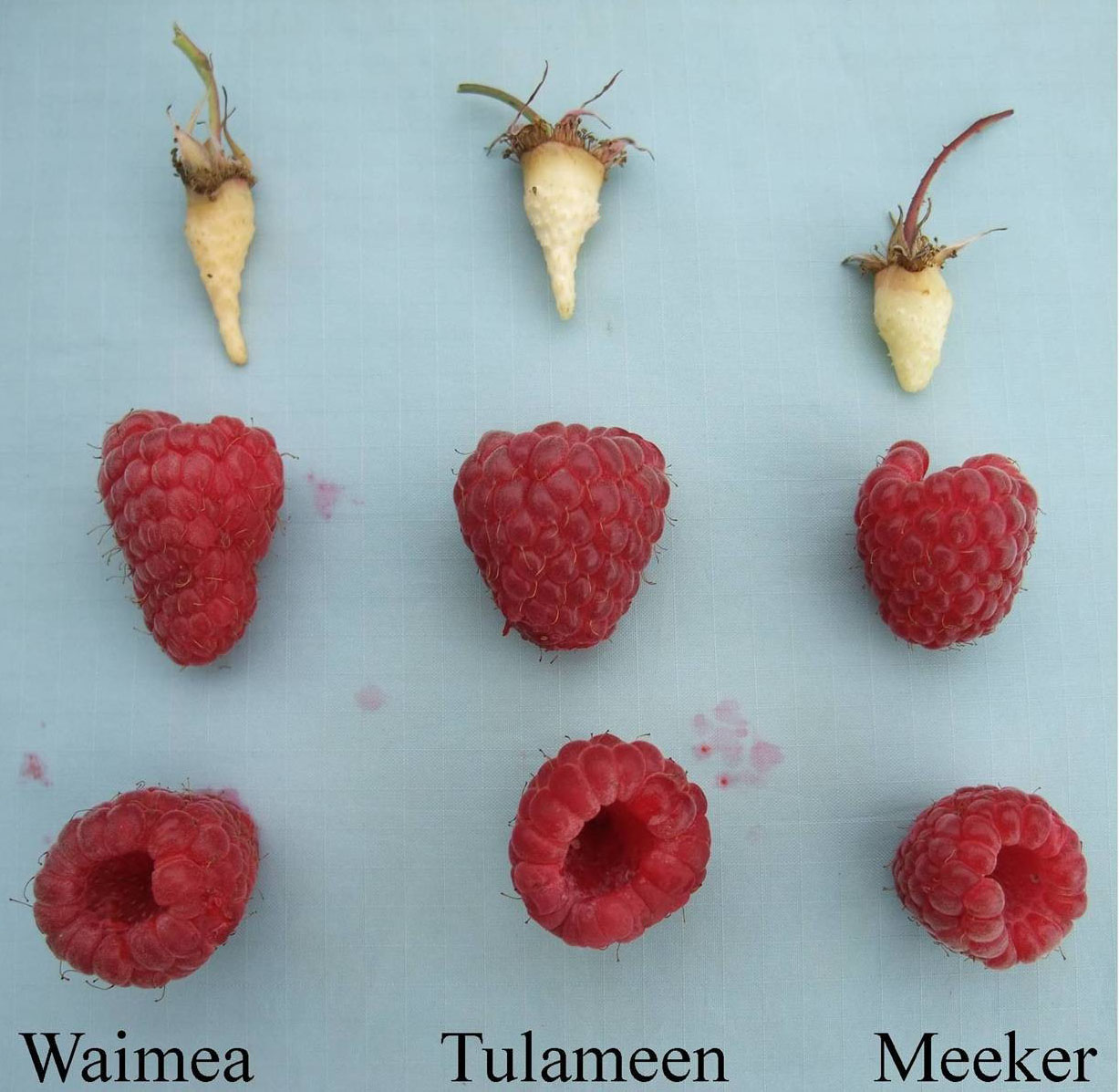
Least resistant, fruits with the most sugar, the best taste.
Raspberry variety created in the USA in 1967. He was brought to Serbia in 1994. It begins to ripen at the beginning of the third decade of June, a week after Vilamet. The fruit is large (4.5 grams) and is uniform throughout the harvest. The fruits are firm, fringed-conical, bright red in color and attractive in appearance. Due to the long fruiting branches, this variety requires additional supports. It tolerates manipulation and transport well. It tolerates freezing well. He has a perspective in cultivation in Serbia.
WILLAMETTE (Vilamet)
Resistant, dark red fruits, tastes astringent but good, great for cooking.
Vilamet bears large dark red and tasty fruits from mid to late summer. The stem is biennial, this raspberry grows best in full sun with plenty of water and good fertilization at the time of flowering. Vilamet are thorny raspberries while there is a variety without thorns. White flowers appear from April to June, depending on the cultivar, the fruits are red, sometimes they can be yellow. Wire tying is necessary. For best results, cut the stems that bore fruit immediately at the end of the picking season.
TULAMEEN AND CHILLIWACK
Tulamen and Chilivak bear fruit, both are sweet, ripe fruits are light red, rarely purple-red, and have a strong raspberry taste. Tulamen has an extended ripening period of raspberries so it can be shipped fresh for a longer time. Chilliwack ripens early, the harvest lasts 2-3 weeks and is good for growers who want a great harvest, a high yield in a short period.
Chilivak is commercially planted mostly in Chile, where it is called Chile-vac!
The Tulamen variety was developed in 1989. The fruits are very large, long and conical, medium red, shiny and firm. The Miker begins to ripen, but it has a longer harvest season, the longest ripening period of all summer raspberries (about 50 days). It is great for the fresh raspberry market because of its taste and size. Moderately resistant to root rot, resistant to raspberry mosaic viruses.
PRELUD
Prelude is a homogeneous variety of raspberry, with the earliest ripening time. The fruit is medium-sized, round and firm, of good taste. The shoots are erect, lush and firm. It is very resistant to root rot caused by Phytophthora fragariae. It tolerates low temperatures well.
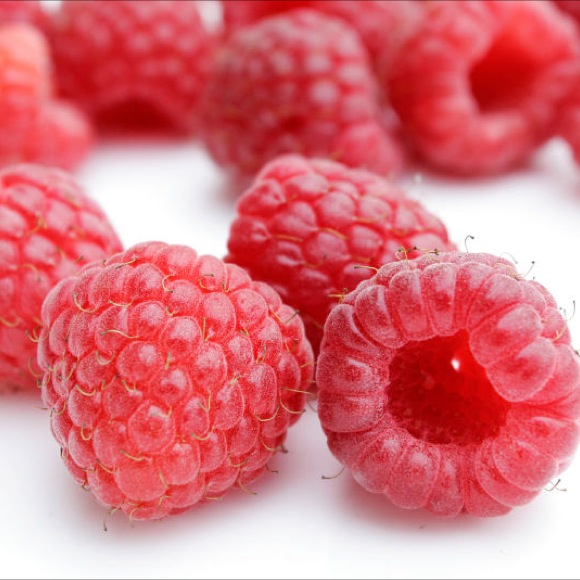
CANBY (KENBI)
Kanbi is an extremely strong raspberry, very resistant to some raspberry and plant lice viruses. Stems and branches without thorns, bear large and bright red fruits. The fruits of Kanbi raspberries are sweet, large, much larger than Miker. Canbi fruits retain their freshness and firmness for a long time, longer than other raspberry varieties, so they are ideal for hand picking. They are also great for freezing. This variety of raspberry is extremely resistant to cold and viruses. The disadvantage of Kanbi is that it does not tolerate wet soil. This raspberry is sensitive to moist soil. Soil drainage is an important factor in choosing raspberries. If the root of the raspberry stalk is in underwater soil for more than a few days, it is normal that it will die due to lack of oxygen or due to the attack of fungal diseases on the raspberry root. The raspberry is two years old and thrives best in full sun with plenty of water and good fertilization at the time of flowering. Mild warm spring is necessary for optimal flowering and good yield. Tying raspberries to a wire is also necessary. White flowers appear in late April to June, after which red and sometimes yellow fruits appear, ripen in late spring or early summer. It grows well in cold areas, so it is grown in Alaska. Growing this variety of raspberry is mostly like growing Vilemet.
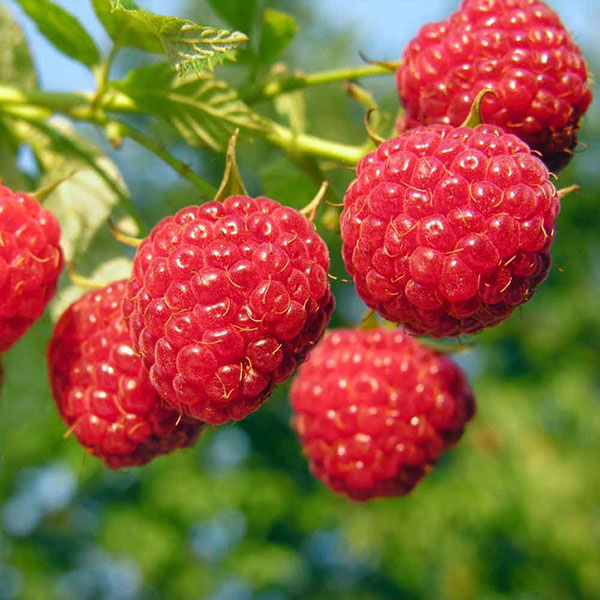
GLEN AMPL
Glen is a variety of medium ripening time and work of large, sweet, bright red fruits with a conical shape. The shoots are thornless, well lush and resistant to 2 plant biotypes of your virus vectors. It has moderate to weak resistance to low temperatures, and in colder climates the buds are prone to freezing. The quality of Glen Empl fruit is taken as the industry standard.
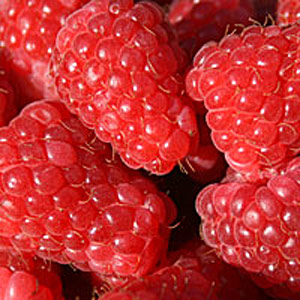
GLEN MOY (GLEN MOJ)
My Glenn bears large, bright red fruits of moderate firmness. Variety of early ripening with fruits that are easy to pick. The shoots are erect, lush, without spines and give birth abundantly. It is moderately resistant to winter frosts. It is sensitive to raspberry fly agaric and root rot caused by Phytophthora fragariae. It is resistant to 2 plant biotypes of your virus vectors and to RBDV virus.
OCTAVIA
Octavia is a homogeneous variety of very late ripening time that fills the range between the summer and autumn seasons. The shoots are erect and bear abundantly. The fruit is large, blunt-round in shape, bright red in color and sweet in taste. The fruits tolerate storage well. It is resistant to your leaf mosaic virus vectors. It is moderately resistant to gray mold (Botrytis) and spotted shoots, but is sensitive to bud drying. It is susceptible to RBDV and Phytophthora raspberry root rot. This is a relatively new variety.
TWO-YARN VARIETIES
HERITAGE
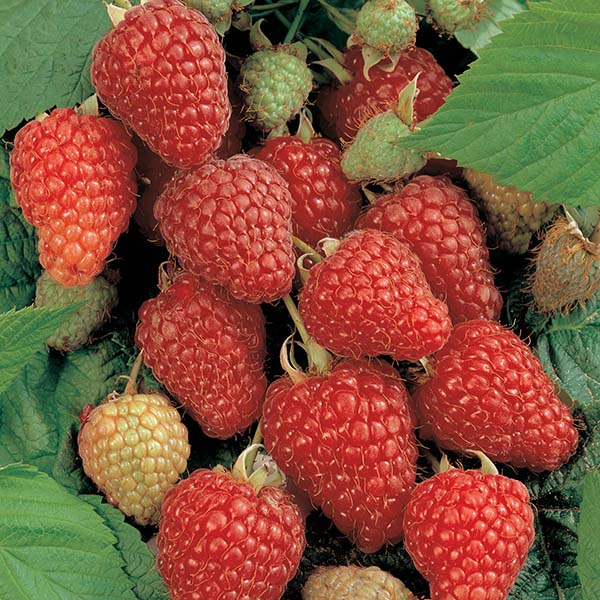
Origin and Distribution - Created in the USA (Geneva, New York) in 1969 from the cross (Milton x Cuthbert) x Durham. It is grown in the USA, Italy, Poland, and sporadically in Serbia. Properties of the plant - A lush variety of long, upright and firm shoots, which is what characterizes it. The shoots are covered with tiny thorns. Characteristics of the fruit - The fruits are small to medium-sized, fringed conical, firm, dark red, sweet-sour taste and mild aroma. They can be well kept. Agrotechnical characteristics and resistance - Fruits of the first (summer) genus begin to ripen in early July, and the second (autumn) genus during September, so this variety is not recommended for areas where there is a danger of early autumn frosts. Autumn yield is higher than summer yield. It is resistant to powdery mildew (Oidium tuckery), tolerant to RBDV and RMV viruses. It is sensitive to the causes of gray fruit rot (Botrytis cinerea) and wilting of buds and fruiting branches of raspberries (Didymella applanata). It tolerates slightly heavier soils well, but in case of poor drainage, root rot develops. General assessment - Variety suitable for growing in the garden, but also in commercial plantations near larger markets. It is suitable for all types of consumption.
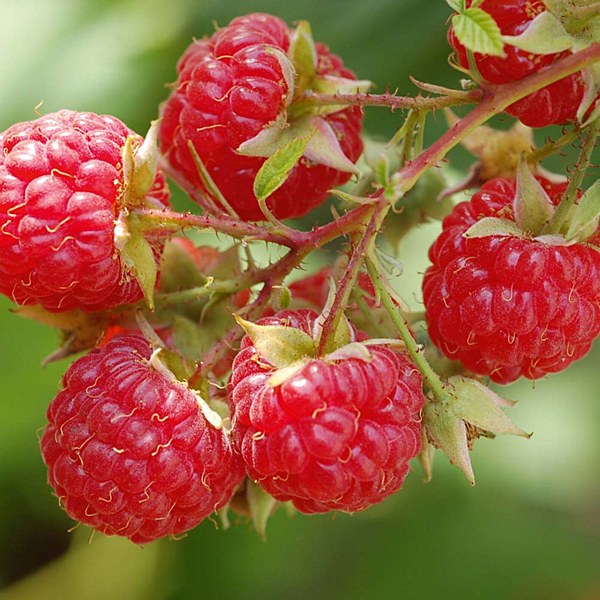
AUTUMN BLISS
Origin and distribution - Obtained by complex crosses of several species (Rubus arcticus, Rubus occidentalis, Rubus idaeus strigosus) and the variety Lloyd George in 1973 in East Moling (Great Britain). Recognized for the variety in 1983. It is grown in Great Britain, the Netherlands, Belgium, Poland, Hungary, and it is also being grown in Serbia. Plant properties - It has short, erect shoots covered with thorns. The number of shoots is not large. Characteristics of the fruit - The fruits are medium-sized, round-conical, average weight 3.3 g, red to dark red, pleasant taste and good storage ability. Fruit size does not decrease much during the season. Separation of fruits can be difficult in fruits that ripen first.
Agrotechnical characteristics and resistance - One of the earliest two-species varieties of raspberry. The second genus begins to ripen in August, so this variety continues to the ripening season of homogeneous varieties such as Tulameen. The season lasts until the first frosts in October. Yields are high. For easier harvesting, it is necessary to place a support (binder) on both sides of the row before harvesting. Autumn Bliss is the only commercial raspberry variety that is resistant to raspberry root rot (Phytophthora fragariae var. Rubi). It is also resistant to all four races of your (Amphorophora idaei) that are carriers of the RBDV virus. General assessment - Fruit quality, storage ability and ripening season are the main recommendations of this variety for its cultivation in Serbia.
POLKA
Origin and distribution - Polka is a new Polish variety obtained by free insemination of a selection whose parents come from the Autumn Bliss variety. It is widely cultivated in Poland, and is slowly spreading to Western European countries. Plant characteristics - Lush variety of erect shoots. It forms a large number of lateral branches that compete with native branches. Fruit characteristics - The fruits are medium-sized, with an average weight of 3.2 g. They are characterized by good strength and light red color. When grown in greenhouses, the fruits darken much faster. The tests showed good chemical composition and good organoleptic properties. Suitable for table consumption and processing. Agrotechnical characteristics and resistance - The variety matures at the same time as the Autumn Bliss variety. On fertile lands with irrigation, it is necessary to place a support in the form of a binder around the row before harvesting.
HIMBO TOP
Origin and distribution - Variety obtained by crossing Autumn Bliss x Himbo-Queen® var. "Rafzater" in a private breeding program in Switzerland. It is grown in Italy, Switzerland, Great Britain and other Western European countries. Plant characteristics - Very lush variety, long shoots with fewer thorns than Autumn Bliss. Characteristics of the fruit - The fruits are often very large (6-8 g), firm, light red in color that does not darken with ripening. It is easy to pick and can be used for table consumption and processing. The sugar content is high. Agrotechnical characteristics and resistance - Maturation begins 6 - 8 days after the Autumn Bliss variety. The harvest season lasts 6-8 weeks. Due to its high lushness, it should be planted at greater distances (2.5-3.0 m × 0.40-0.50 m), and a support should be installed. It is very interesting for growing in greenhouses where it gives the best results. High yielding variety. Tolerant to raspberry root rot (Phytophthora fragariae var. Rubi). General assessment - Very interesting variety primarily due to the size of the fruit and high yields. It has yet to be examined in our conditions.
POLANA
PolanaIn addition to the Autumn Bliss variety, it is the second commercial variety from the group of remontant varieties. Early variety by ripening time (July 10-15). Since the genus yields on annual shoots, by successive thinning, ie. mowing the shoots during the vegetation dictates the time of harvest. The shoots are firm and do not lie down, with an average height of about 150 cm. It is successfully grown without backing. It is a very fruitful variety - it forms from 13 to 18 fruit growths from the very base of the shoot, with an average number of fruits in the inflorescence of about 10. The average yield per month is 13.4 kg. The fruit is large, intensely red in color, very firm in consistency and uniform in shape.
Taken from the Agronomy website, Predrag Nastić , B.Sc.
Text used: “Manual for raspberry production”











